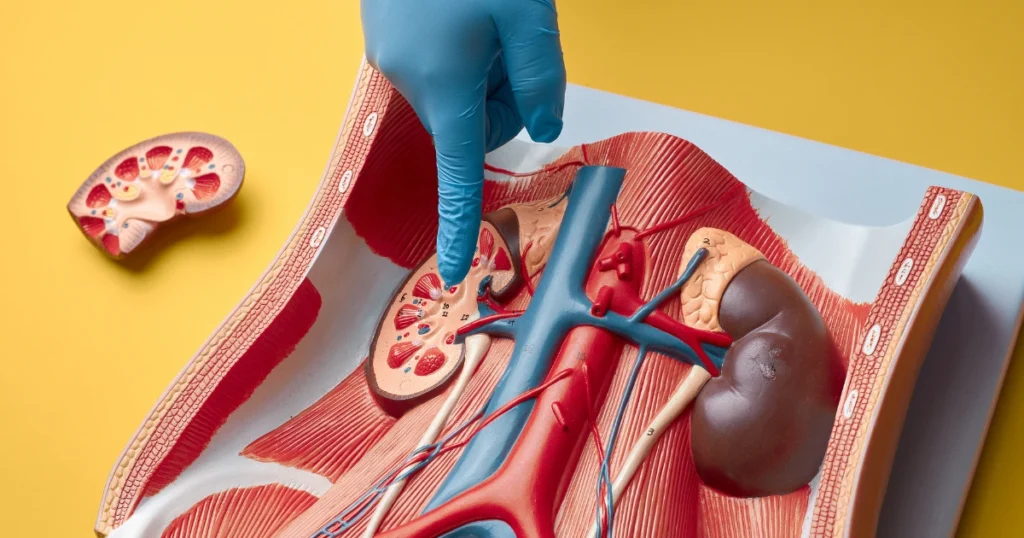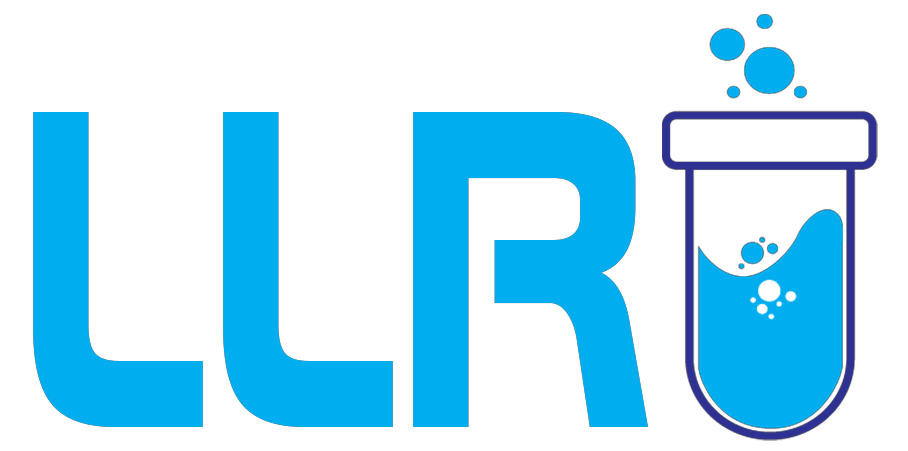Medical Coding Anatomy Interview Questions for Freshers: Preparing for your very first medical coding interview – or any interview for that matter, can feel like a mountain to climb. I remember my first interview, phew!
And let’s be honest, when you’re a fresher, you’re expected to prove that you understand the fundamentals, especially anatomy. Why? Because without anatomy, medical coding is like trying to read a book in a language you don’t understand – not so easy, right?!
What is Anatomy in Medical Coding?
Anatomy, in simple words, is the study of the human body, its organs, systems, and structure. In medical coding, anatomy helps you understand where a condition occurs, which organ is involved, and how procedures are carried out.
“A coder without anatomy is like a doctor without stethoscope.”
For example, if a physician documents “fracture of the femur,” you need to know that the femur is the thigh bone. Without this knowledge, you won’t be able to assign the correct code.

Why is Anatomy Important in Medical Coding?
Anatomy is not just a subject in your textbooks; it explains the connection between medical documentation and accurate coding. Here’s why it matters in medical coding:
- Accuracy: Correct coding reduces claim denials and ensures hospitals get paid.
- Compliance: Insurance companies and government bodies demand precise coding.
- Career growth: Mastering anatomy gives you an edge over other freshers in interviews.
- Confidence: When asked about organs, systems, or body functions, you won’t hesitate.
If you’re pursuing a medical coding course online in India, anatomy is important to form the foundation of your learning.
Common Medical Coding Anatomy Interview Questions for Freshers
Let’s now dive into the most frequently asked medical coding anatomy interview questionsfor freshers. We’ll also look at possible answers so you can practice well.
1. Can you explain the difference between anatomy and physiology?
- Anatomy is about the structure of the body, whereas physiology deals with how the body functions.
- Why it’s asked: To check your conceptual clarity.
2. What are the main systems of the human body?
- Musculoskeletal, cardiovascular, respiratory, digestive, nervous, urinary, endocrine, reproductive, integumentary, and lymphatic systems.
- Why it’s asked: Coders often need to connect diagnoses and procedures to specific systems.
3. Where is the pancreas located and what is its function?
- The pancreas lies in the abdominal cavity, behind the stomach. It helps in digestion (enzymes) and regulates blood sugar (insulin).
- Why it’s asked: Conditions like pancreatitis or diabetes are common coding cases.
4. Can you name the four chambers of the heart?
- Right atrium, right ventricle, left atrium, left ventricle.
5. What is the largest organ in the human body?
- Answer: The skin.
- This question often comes up in anatomy interview questions for medical coding.
6. How do you differentiate between the small intestine and the large intestine in coding?
- Tip: Small intestine includes duodenum, jejunum, ileum. Large intestine includes cecum, colon, rectum.
7. What are the planes of the human body?
- Sagittal, coronal, and transverse planes.
8. Which bones are part of the axial skeleton?
- Skull, vertebral column, ribs, sternum.
9. What is the role of the gallbladder?
- Stores and releases bile for digestion.
10. Why do coders need to understand anatomical terminology?
- Answer: Because most medical records use these terms, and wrong interpretation can lead to wrong coding.

Anatomy Interview Questions and Answers for Medical Coding
Apart from the basics, interviewers may also test your practical approach. Here are some additional anatomy interview questions and answers for medical coding that freshers should prepare:
- Q: If a doctor writes “MI,” what does it mean?
- Answer: Myocardial Infarction, which means heart attack.
- Q: What is appendectomy and which region of the body does it involve?
- Answer: Surgical removal of the appendix, located in the lower right abdomen.
- Q: Can you explain the difference between ureter and urethra?
- Answer: Ureter connects kidney to bladder; urethra connects bladder to outside the body.
These practical examples are often included in medical coding anatomy interview questions to test your understanding.
Read More: 75 Clinical Research Coordinator Interview Questions Freshers Should Know
Here Are A Few More Medical Coding Anatomy Interview Questions…
- What is the medical term for the voice box?
Answer: Larynx - How many bones are in the adult human body?
Answer: 206 bones - Which part of the brain controls balance and coordination?
Answer: Cerebellum - What is the medical name for the kneecap?
Answer: Patella - What are alveoli and where are they located?
Answer: Tiny air sacs in the lungs responsible for gas exchange - Which artery is the largest in the human body?
Answer: Aorta - What is the difference between veins and arteries?
Answer: Arteries carry blood away from the heart, veins carry blood toward the heart - What are the three main types of muscles in the body?
Answer: Skeletal, smooth, cardiac - Name the gland that regulates metabolism.
Answer: Thyroid gland - Which organ filters blood in the body?
Answer: Kidneys - What does the prefix “hepat-” refer to in medical terms?
Answer: Liver - Which body system includes the spleen and lymph nodes?
Answer: Lymphatic system - How many pairs of cranial nerves do humans have?
Answer: 12 pairs - What’s the medical term for the upper arm bone?
Answer: Humerus - What is the function of platelets in blood?
Answer: Help in clotting - Which valve separates the left atrium and left ventricle of the heart?
Answer: Mitral valve - Name the smallest bone in the human body.
Answer: Stapes, located in the middle ear - What are the main lobes of the liver?
Answer: Right lobe, left lobe, caudate lobe, quadrate lobe - What are meninges?
Answer: Protective membranes covering the brain and spinal cord - Which bone is commonly known as the collarbone?
Answer: Clavicle - How many lobes are present in the right lung?
Answer: Three lobes – superior, middle, inferior - What’s the function of the hypothalamus?
Answer: Regulates body temperature, hunger, thirst, emotions, hormones - Which part of the body is affected in carpal tunnel syndrome?
Answer: Wrist and hand - What is the difference between the trachea and esophagus?
Answer: Trachea carries air to lungs, esophagus carries food to stomach - Which joint is called the ball-and-socket joint?
Answer: Shoulder and hip joints - What is peristalsis?
Answer: Wave-like muscle contractions that move food through the digestive tract - What’s the main function of the medulla oblongata?
Answer: Controls involuntary functions like breathing and heart rate - Where is the pituitary gland located?
Answer: At the base of the brain - Which bones protect the brain?
Answer: Skull bones - What’s the difference between the duodenum, jejunum, and ileum?
Answer: They are three parts of the small intestine; duodenum connects to the stomach, jejunum is the middle part, ileum connects to the large intestine
Tips for Freshers to Prepare for Anatomy Questions
So, how do you prepare effectively for medical coding anatomy interview questions for freshers? Here are some handy tips:
- Revise daily – Spend 30 minutes revising body systems.
- Practice with flashcards – Quick memory aids for bones, organs, and systems.
- Solve mock tests – Many online medical coding courses India include mock interview sessions.
- Use diagrams – Visual learning makes it easier to recall during interviews.
- Join group discussions – Talking about anatomy with peers helps in faster recall.

How LLRI Courses Can Help: Medical Coding Training in India
If you’re still learning, enrolling in the right training program is half the battle.
- A medical coding course in Bangalore provides classroom exposure and networking opportunities with industry experts.
- A medical coding course online India offers flexibility, so you can learn at your own pace.
- Many institutes today provide the best online medical coding courses with anatomy-focused modules, quizzes, and practical coding examples.
Before enrolling, always check if anatomy is given strong focus in the curriculum. This will prepare you for both exams and interviews.
Sample Mock Interview Practice Round
Here’s a mini practice set you can try:
- Which bone is called the collarbone?
- What is the main function of red blood cells?
- How many lobes does the right lung have?
- What does the term “hepatic” refer to?
- Name the three layers of the heart wall.
If you can answer these confidently, you’re already a step closer to cracking your interview.
On A Final Note…
Mastering medical coding anatomy interview questions for freshers isn’t about memorising everything, it’s about understanding the body well enough to interpret medical documents correctly.
With consistent practice, mock interviews, and perhaps the right online medical coding courses India, you’ll not only clear your interviews but also set a strong foundation for your career.
Remember this quote:
“Knowledge is of no value unless you put it into practice.” Anton Chekhov
So, keep revising, keep practising, and walk into your interview room with confidence.
FAQs
Q1. Do freshers get asked only anatomy questions in medical coding interviews?
No, apart from medical coding anatomy interview questions, you may also be asked about coding guidelines, medical terminology, and ICD-10 basics.
Q2. How do I prepare for anatomy quickly before my interview?
Focus on body systems, common diseases, and surgical procedures. Use flashcards and practice previous anatomy interview questions for medical coding.
Q3. Is it necessary to join a course before applying for a medical coding job?
Yes, most employers prefer candidates who have completed a formal medical coding course in Bangalore or an online medical coding course India.
Q4. Which are the best online medical coding courses for anatomy preparation?
Look for institutes that provide anatomy-rich modules, mock tests, and interactive diagrams. Search specifically for the best online medical coding courses with certification.

